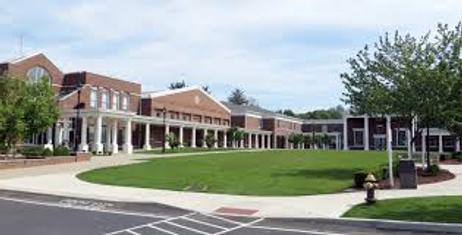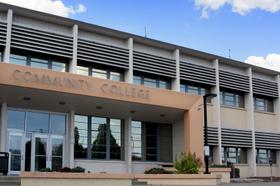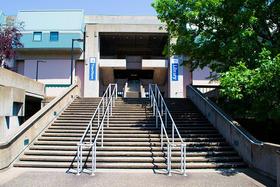Community colleges receive a majority of their funding from tuition costs and student payments. Despite this income, however, community colleges across the country still strongly depend on effective fundraising venues and actions to boost the campus environment, programs, and academic offerings. As Council for Advancement and Support of Education asserts, “With economic stagnation and diminished tax revenues depleting the coffers of state and local governments nationwide, America’s community colleges must look beyond the public sector to fund their educational missions.”
According to expert advisors and academic leaders, successful community college fundraising actions can help boost a school’s appealing qualities, student opportunities, and overall institutional successes.
This video offers some ideas for community college fundraising.
The Current State of Fundraising Affairs
According to Community College Times, many community colleges could improve their overall successes by implementing more effective fundraising strategies and actions. As Donald Summers, an expert fundraising consultant with experience with working in community college development offices asserts: “‘To my mind, nothing would be better for American democracy and education than for community colleges to rake in the billions they deserve.’” Community colleges often primarily strive to provide current and potential students with accessible and affordable courses and programs, but many community colleges struggle to bring in enough money to create sustainable and competitive programs.
As Summers further argues, local governors need to become more attentive to the fundraising abilities of appointed board






















